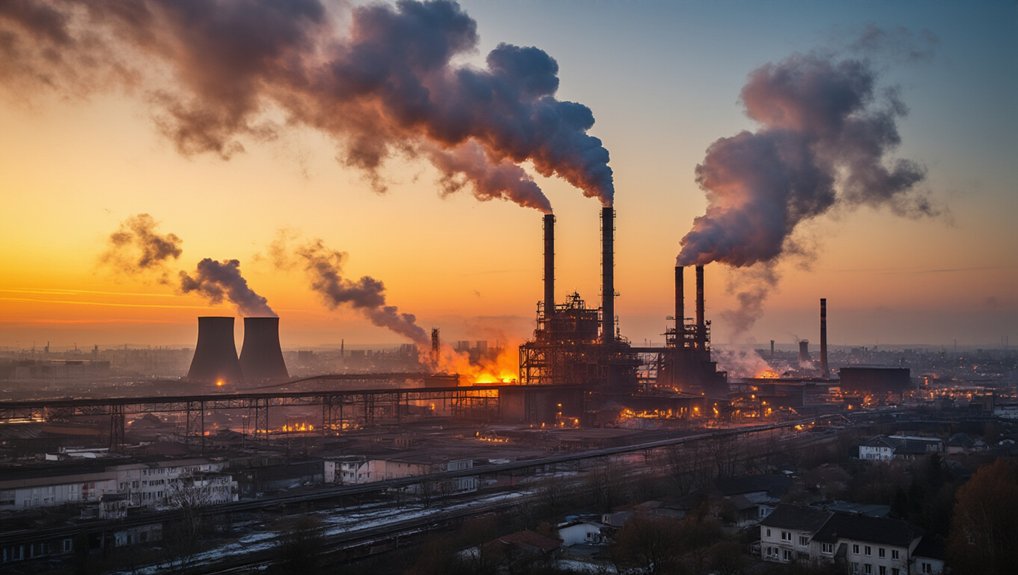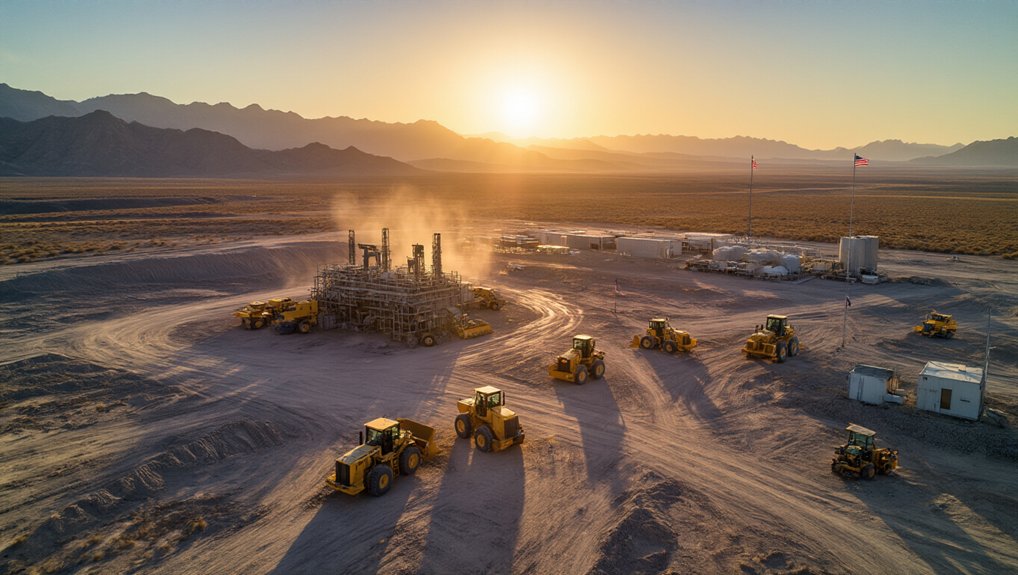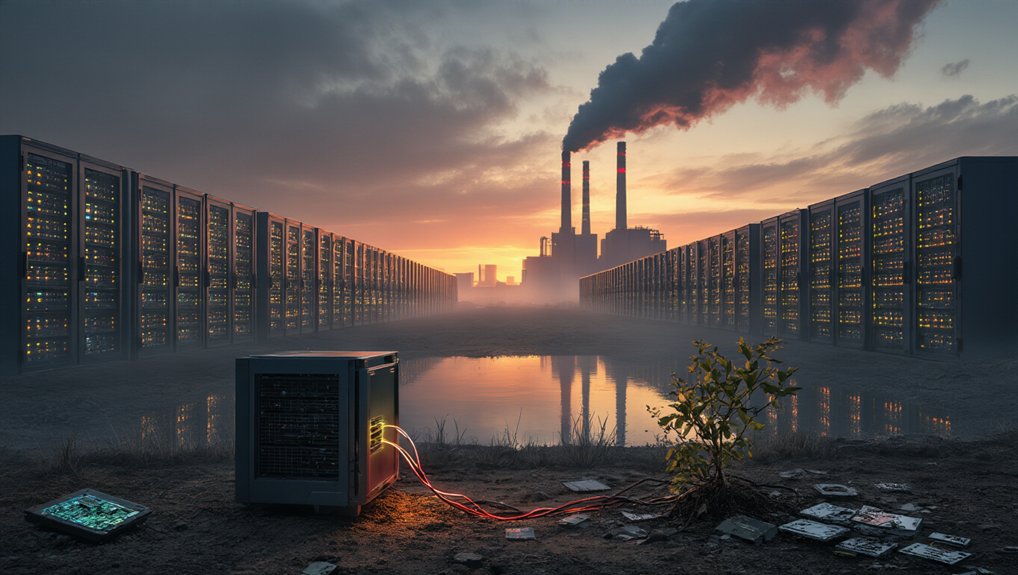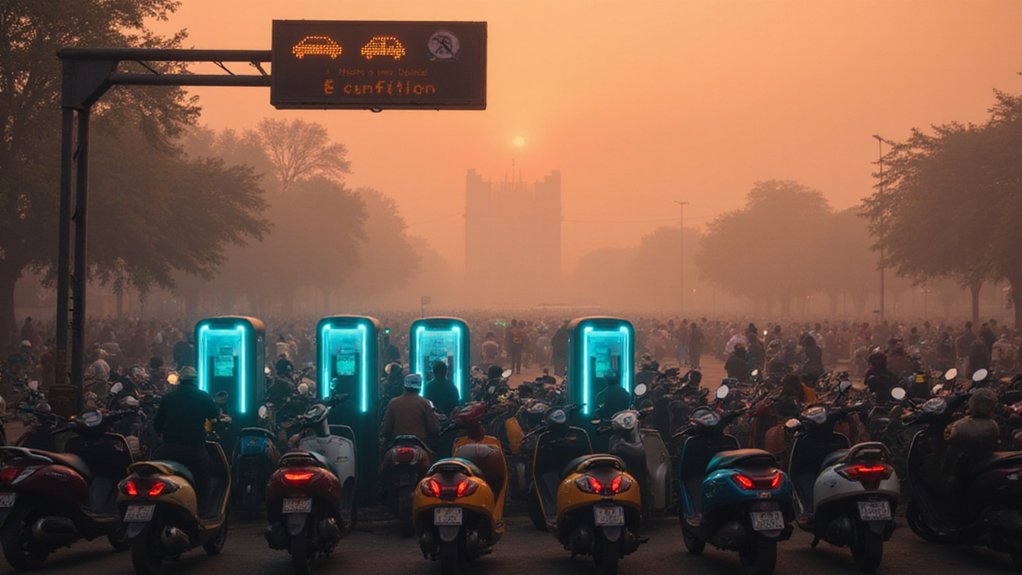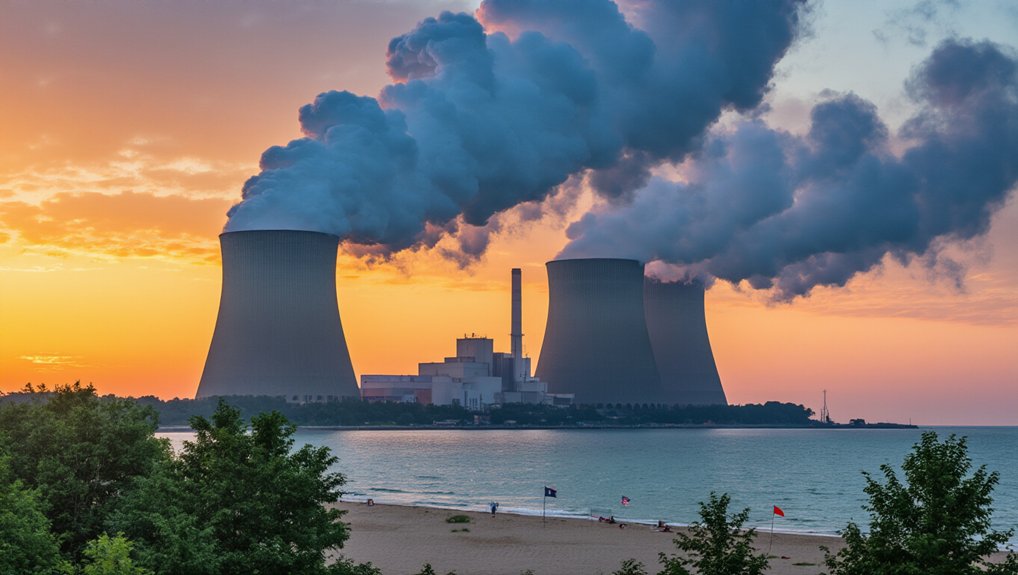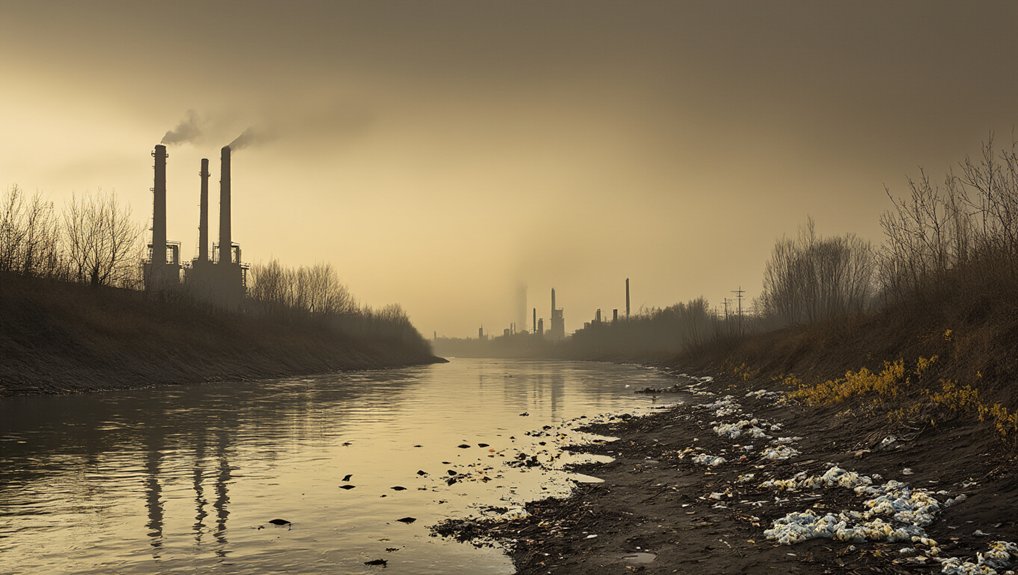The Environmental Protection Agency has once again pushed back deadlines for steelmakers to clean up their toxic emissions. U.S. Steel and Cleveland-Cliffs just scored another two years to comply with air pollution standards, now due in April 2027. This follows an earlier 90-day freeze. Who needs clean air when there’s steel to make, right?
The delay impacts regulations targeting hazardous air pollutants from iron and steel foundries under the Clean Air Act. These aren’t your garden-variety pollutants. We’re talking lead, manganese, cadmium, and other nasty stuff linked to cancer and neurological problems. The kind of things most people prefer not to breathe.
Original standards published in April 2024 aimed to slash 580 tons of air toxics annually. Pretty impressive numbers on paper. But those reductions will have to wait. The latest extension means an extra 120 tons of emissions will float into communities near these facilities. Breathe deep, everyone!
Advocacy groups are fuming. Industrious Labs and others point out that the financial benefit to steelmakers—about $3.5 million in savings—seems pretty paltry compared to the public health costs. The group’s Steel Director Hilary Lewis explicitly criticized the delay as clearly favoring polluters over public health. But hey, quarterly profits don’t boost themselves.
The EPA claims the extensions address “concerns” about companies’ ability to meet the new standards. Translation: It’s hard to stop polluting when you’ve been doing it for decades. Key compliance deadlines have shifted from April 2025 to July 2025, with some now pushed to 2027.
Steel industry representatives haven’t commented publicly on their regulatory reprieve. Silent gratitude, perhaps?
Meanwhile, the EPA plans to collect public comments on standards for fugitive emissions and other technical details. They’re particularly focused on opacity limits for bleeder valve openings and slag processing. Thrilling stuff.
For communities living in the shadow of steel facilities, the message is clear: Your lungs can wait. The irony? The regulation is called Maximum Achievable Control Technology. Apparently, “maximum” and “achievable” are flexible concepts when industry profits are on the line.
References
- https://www.epa.gov/stationary-sources-air-pollution/iron-and-steel-foundries-national-emissions-standards-hazardous
- https://pcieerd.dost.gov.ph/pmis/completedall.php
- https://www.eenews.net/articles/epa-hands-steelmakers-another-air-pollution-compliance-break/
- https://graham.umich.edu/media/files/HF-IA-Draft-Final-Report-02202015.pdf
- https://advocacy.sba.gov/2025/04/01/epa-announces-pause-to-iron-and-steel-manufacturing-facility-air-regulations/
